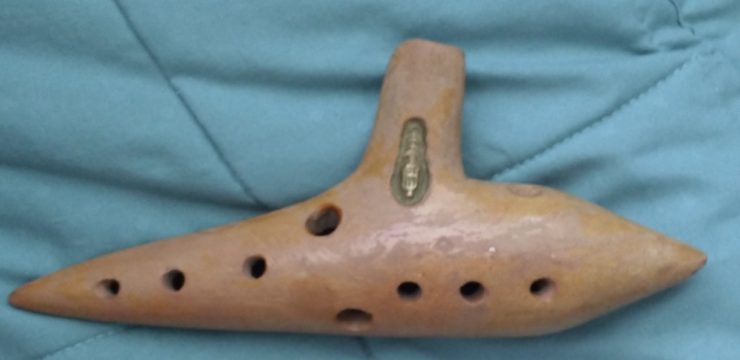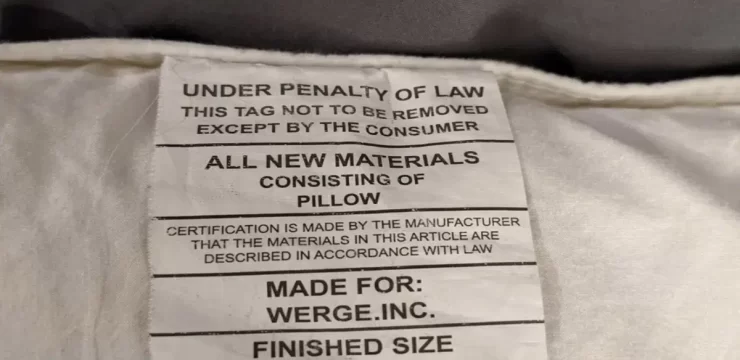Sewing has transformed dramatically over the years, progressing from basic hand-stitching techniques using simple needles and thread to highly advanced, computerized sewing machines that can do everything from embroidery to quilting. But even as technology has changed the way we sew, some old-fashioned tricks and techniques from earlier generations still hold up as smart, practical solutions.

In fact, many of these time-tested methods—once passed down from grandmother to granddaughter—have quietly slipped into obscurity, despite offering real benefits. Take, for example, the tiny hole at the end of a safety pin. Most people never think twice about it, assuming it’s just part of the design or manufacturing process. But this small, overlooked feature actually has a clever and useful purpose. If you’ve ever tried to thread elastic or ribbon through a waistband, pillowcase edge, or fabric casing, you know how frustrating it can be when the safety pin slips inside or gets stuck.
That tiny hole is perfect for threading a piece of string or narrow ribbon through, giving you better control and grip as you guide the pin through fabric. It may seem like a small detail, but this little trick can make a big difference in saving time and preventing annoyance during a sewing project. It’s just one of many smart sewing tips from the past that deserve a modern comeback. Another great example is using beeswax to prepare your thread. Before you start stitching, pull the thread through a block of beeswax a few times.
This classic technique strengthens the thread, reduces friction as it passes through fabric, and prevents tangling and knots. The result is smoother sewing and stronger seams—a trick our grandmothers swore by and one that still works wonders today. There are even more old-school hacks worth remembering. For instance, if you don’t have tailor’s chalk or a fabric marker on hand, try using a sliver of dry soap to mark fabric. It leaves a clear, temporary mark that won’t stain and will wash out easily once the project is finished. It’s a quick, budget-friendly solution that comes in handy more often than you’d expect.
Another valuable trick is backstitching, which helps reinforce seams so they don’t unravel with wear and washing. At the end of a seam, simply reverse your stitch direction and go back over the last few stitches. It only takes a second but adds lasting strength to your sewing, especially on clothing or items that will be used frequently. Pinning techniques also matter more than you might think. Instead of placing your pins perpendicular to the seam line, try angling them diagonally. This provides better grip on the fabric and makes it easier to remove the pins as you sew. Plus, it helps keep your stitching straighter and more even. For making secure knots at the start or end of your stitching, try wrapping your thread around the needle two or three times before pulling it through. This creates a neat, tight knot that won’t come undone and leaves your finished work looking polished and professional. These small adjustments can make a noticeable difference in the quality and efficiency of your sewing. By reviving these traditional sewing tips, you not only connect with generations of crafters who came before you, but you also improve your own skills with techniques that have stood the test of time. Whether you’re just learning to sew or you’ve been stitching for years, incorporating these hacks into your routine can help you work smarter and enjoy the process even more. From using beeswax to prevent tangles to making use of the hidden potential in a simple safety pin, these forgotten methods are practical, clever, and worth rediscovering. So the next time you sit down at your sewing machine or pick up a needle and thread, remember that sometimes the old ways really are the best. Give these vintage tricks a try and watch how they transform your sewing experience for the better.





